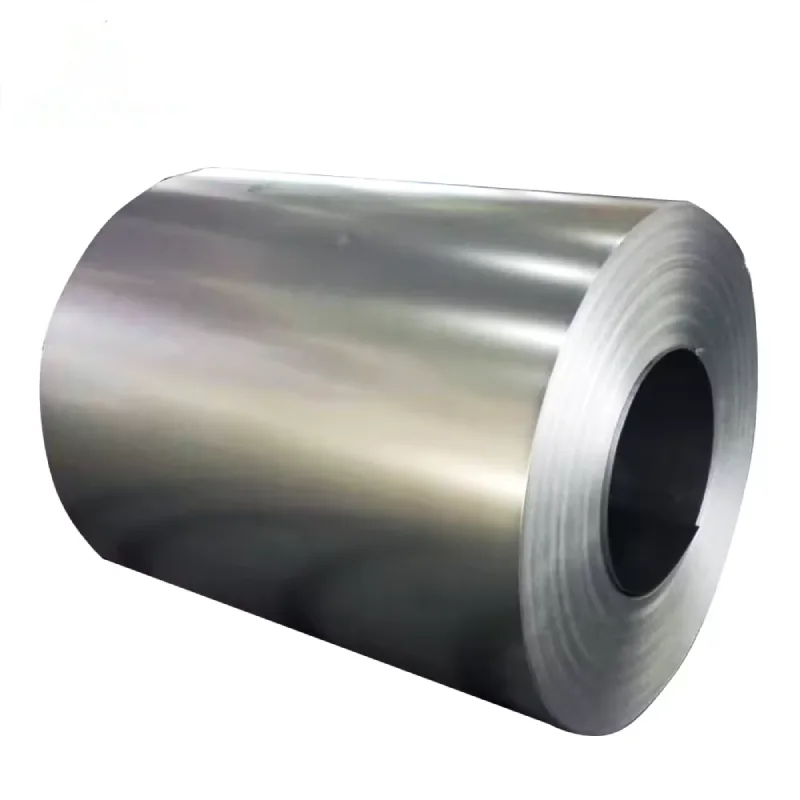Environmental factors can significantly affect the longevity of hot-dipped galvanized steel coils, impacting their corrosion resistance and overall performance.
Here’s how different environmental factors can influence the longevity of galvanized steel coils:
- Exposure to Moisture: Moisture is one of the primary factors that can accelerate the corrosion of galvanized steel coils. Prolonged exposure to high humidity, rainfall, or immersion in water can lead to the formation of corrosion products on the zinc coating, compromising its protective properties. In coastal or marine environments where saltwater exposure is prevalent, the risk of corrosion increases further.
- Atmospheric Conditions: Atmospheric pollutants, industrial emissions, and airborne contaminants can also affect the longevity of galvanized steel coils. Acidic gases, sulfur compounds, and particulate matter can react with the zinc coating, leading to the formation of corrosion products such as zinc oxide, zinc hydroxide, or zinc carbonate. Polluted urban environments or industrial areas may pose a higher risk of corrosion.
- Temperature Extremes: Temperature fluctuations and extremes can impact the performance of galvanized steel coils. High temperatures can accelerate the rate of corrosion by promoting the breakdown of the zinc coating, while low temperatures can affect the adhesion and integrity of the coating. Thermal cycling between hot and cold conditions may also induce mechanical stresses that contribute to coating degradation.
- UV Exposure: Exposure to ultraviolet (UV) radiation from sunlight can affect the appearance and integrity of the zinc coating on galvanized steel coils. Over time, UV exposure may cause the zinc coating to degrade, discolor, Hot Dipped Galvanized Steel Coil or develop a chalky appearance. Properly designed and maintained coatings or topcoats can help mitigate the effects of UV exposure.
- Chemical Exposure: Contact with chemicals, solvents, or corrosive substances can accelerate the corrosion of galvanized steel coils. Chemicals such as acids, alkalis, chlorides, and pollutants may penetrate the zinc coating and initiate corrosion of the underlying steel substrate. Proper handling, storage, and protection measures are essential to minimize chemical exposure.
- Abrasion and Mechanical Damage: Abrasion, friction, and mechanical damage can compromise the integrity of the zinc coating and expose the underlying steel substrate to corrosion. In high-traffic or abrasive environments, such as industrial facilities, transportation infrastructure, or construction sites, galvanized steel coils may be susceptible to wear and tear.
- Design and Installation Practices: Proper design, fabrication, handling, and installation practices are critical to ensuring the longevity of galvanized steel coils. Adequate drainage, ventilation, and protection from moisture accumulation are essential to prevent corrosion. Regular maintenance, inspection, and repair of damaged or compromised coatings can help extend the lifespan of galvanized steel coils in various environmental conditions.
Overall, the longevity of hot-dipped galvanized steel coils depends on a combination of factors, including exposure to moisture, atmospheric conditions, temperature extremes, UV exposure, chemical exposure, abrasion, mechanical damage, and adherence to proper design and installation practices. By understanding these environmental factors and implementing appropriate corrosion protection measures, the longevity and performance of galvanized steel coils can be maximized in diverse applications and environments.
